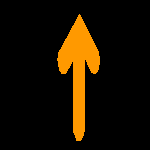Robot Sucher-MonokularFür die Robot-Kamera in Kombination mit den Schneider Tele-Xenar Objektiven gab es ein Prismenmonokular als Sucher. Dem Xenar-Objektiv entsprechend gab es Versionen für f=200 und f=300. Im Okular befindet sich dem bei der Kamera genutzten 24x24-Film gleich eine quadratische Blende (Sucherfenster). Das Okular ist mit einem Dioptrienausgleich von +/-4 mit Referenzstrichen und einer Null versehen ausgestattet. Am Deckelrand befindet sich dazu ein roter Referenzpunkt. Das Monokular ist mit zwei 'Deckelschrauben' an einer abgewinkelten Trägerplatte befestigt. Diese ist auf der Okularseite mit "ROBOT Germany f=200" beschriftet, auf der Unterseite (Gehäuseseite des Monokulars) steht "Made in Germany". Am Ende der spitzzulaufenden Trägerplatte befindet sich ein Schräubchen, welches möglicherweise dazu dient, den Abstand zwischen Platte und Monokular-Gehäuse zu justieren, falls bei Nutzung an der Kamera die Ausrichtung geeicht werden musste. Die Trägerplatte selbst ist auf einem Sockel zur Befestigung am Kameraschuh mit 2 Schrauben montiert. Dieser Sockeladapter hat eine zum Nutzer hin gerichtete Skala mit Entfernungsangaben von 3, 6, 12 m (Schwarz) und 10, 20, 40 (rot) sowie ∞. Mit einem kleinen Hebel darunter lässt sich dies auswählen, wobei das Innenteil des Adapter kippt, um den Sucher der Objektiveinstellung anzupassen. |
Robot Finder-ScopeThere was a prism monocular as a finder scope for the Robot camera. It was used in combination with the Schneider Tele-Xenar photo lenses. Matching the Xenar telephoto lenses there were versions for those with f=200 and f=300. The eyepiece comes with a square diaphragm according to the 24x24 film used with the camera. The eyepiece has a dioptre adjustment of +/-4 with reference lines and a zero marking. The cover rim bears a corresponding red dot. The monocular is attached onto a right-angled mounting plate with two screws located at the cover plate's screw holes positions. The mounting plate is inscribed "ROBOT Germany f=200" on the side of the eyepiece. On the bottom side (housing side of the monocular), "Made in Germany" is engraved. At the end of the tapered mounting plate is a small screw, which probably serves to adjust the distance between the monocular's body and the plate, if some gauging of the alignment on the camera is needed. The mounting plate itself is fixed with two screws to an aluminium adapter that goes into the hot shoe. The adapter is marked with a distance scale of 3, 6, 12 m (black numbers) und 10, 20, 40 (red numbers) as well as ∞ sign. By means of a tiny lever, you can choose the distance to correspond to the phot-lens adjustment. Doing so this the inner part of the adapter tilts. |
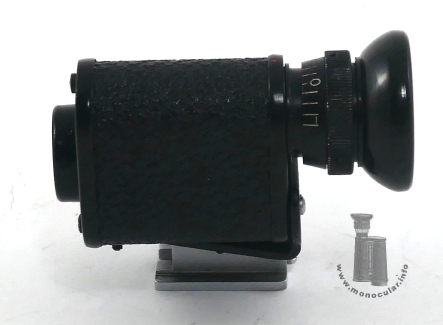
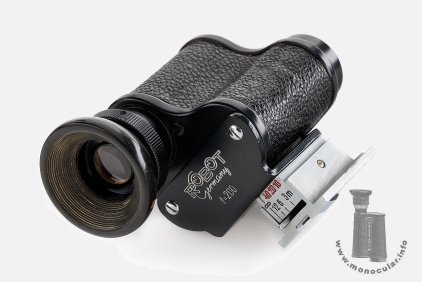
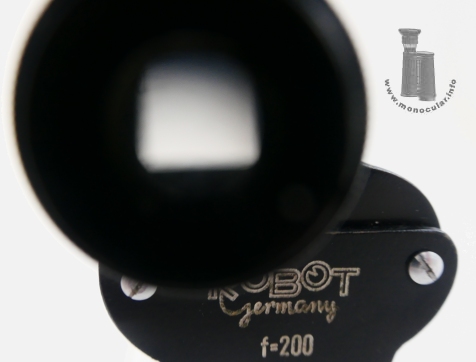
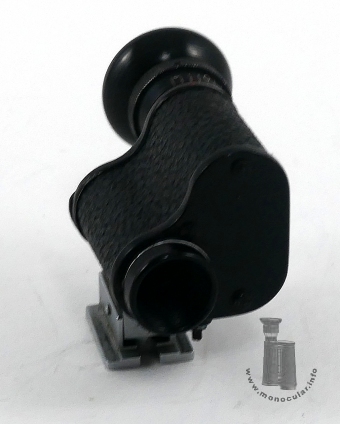
| Nach Abschrauben der Trägerplatte erkennt man die Beschriftung des Monokulardeckels. Hier befindet sich das Firmenlogo und -name "Oigee" ohne Ortsangabe, vermutlich aber aus der Osterode-Fabrik. Es handelt sich daher um das kleine Monokular, wie es unter Oigee 3x13,5 beschrieben wurde. | When detaching the mounting plate one can see the inscription on the monocular's top cover. It is marked with the company logo and name "Oigee" without any location. It was presumably made in the Osterode works, though. Hence it is the little monocular described as Oigee 3x13,5. |
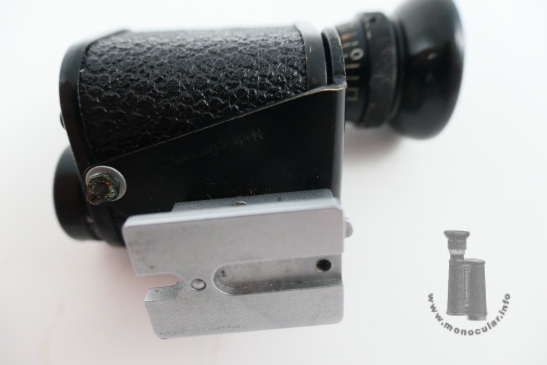
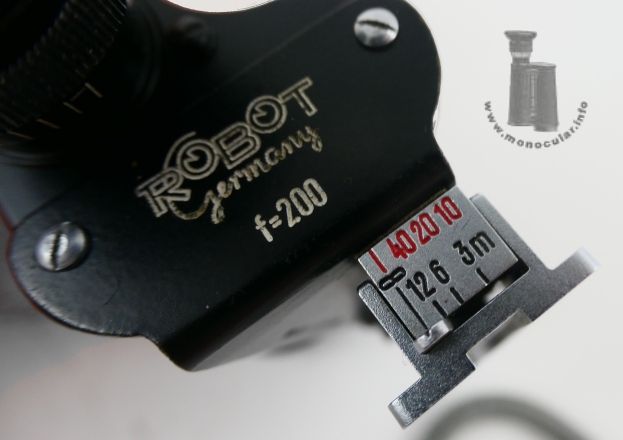
| Das Monokular mit der Montage wiegt 104g. Die Trägerplatte ist 38mm lang und verjüngt sich von 27 auf 7mm. Den oberen Monokular-Deckel deckt sie bis zum Okular zur Hälfte ab. Der Adapter ist 21x11,5mm groß, dessen Kameraschuh-Schiene 26x19mm. | The monocular with its adapter weighs 104g. The mounting plate is 38mm long and decreases from 27mm to 7mm in width. It covers the monocular top cover plate halfway to the eyepiece. The silvery adapter measures 21x11.5mm. The hot shoe rail is 26x19mm wide. |
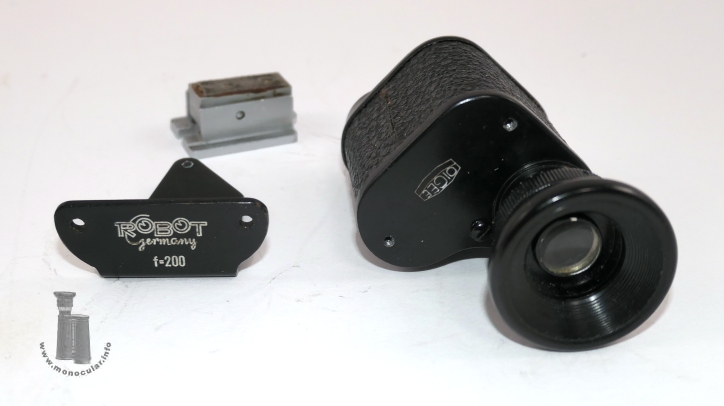
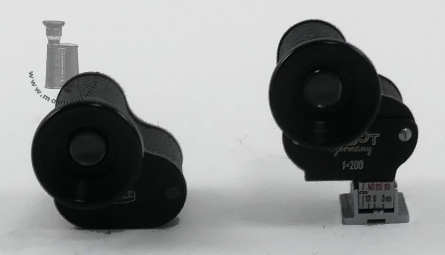
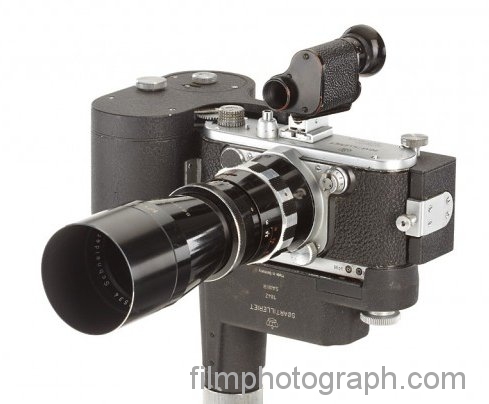
.jpg)
Fotos: Zeun
